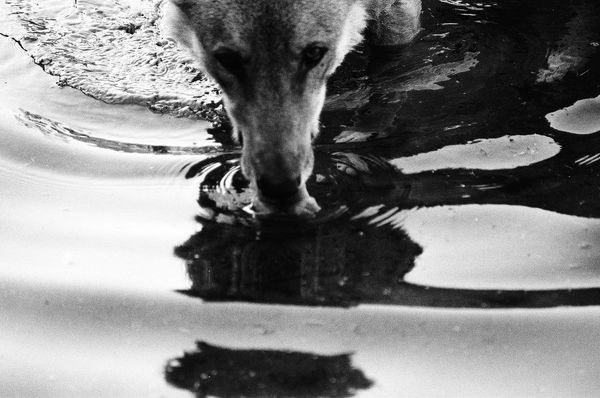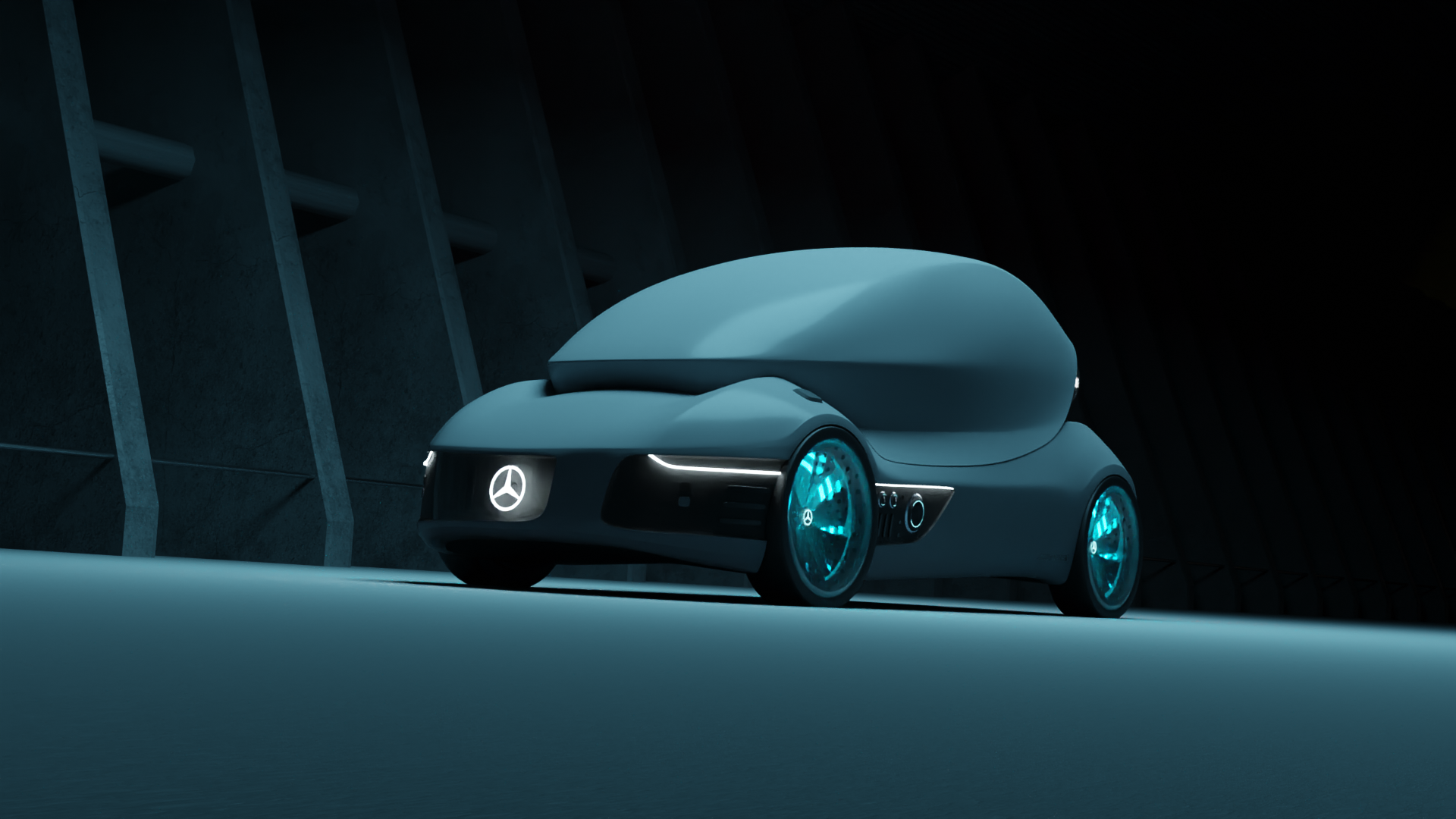He has been a fan of cars since he was a child. In creating, he is inspired by different stories and is sure to continue designing vehicles in the future. Bálint Elek, a master’s transportation design student at Moholy-Nagy University of Art and Design, recently returned from the design studio of Mercedes-Benz in Germany, where he had the opportunity to spend half a year as an intern in the design center of the global brand. We talked about the time spent here, his experiences, car designing and his future plans. Interview.
Why did you decide you wanted to commit to car designing?
I have been interested in cars since I was a child, I also drew them with great passion. I remember after my father read the daily newspaper, it was mine and I always drew cars all over it. Until high school graduation, this whole car thing was just a hobby, at that time I started to get to know design as a profession, of which I had not heard before. One of my former art teachers recommended the Moholy-Nagy University of Art and Design, where I then attended preparatory classes every weekend. It was a quite weird and good feeling that after school I went to another one on Saturday, where I was really interested in what I was doing. I think at that point I already decided, I only wanted to go in that direction.
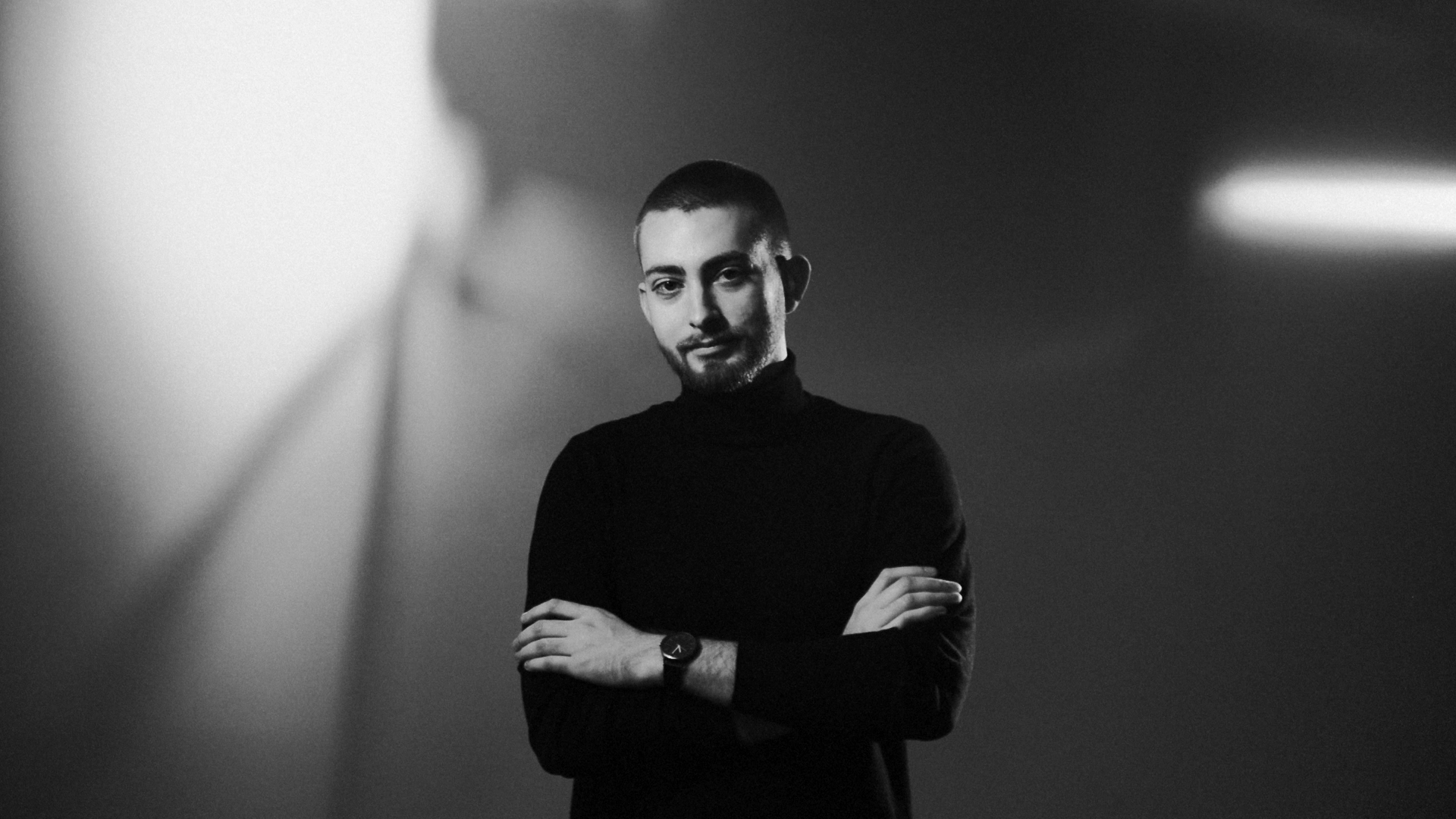
Vehicle designing is a complex process and has many layers: what kind of tasks, projects inspire you? How do you see the limits of creative freedom in this field?
Yes, indeed it is quite a complex process as it’s about quite a complex product, but I do not feel that it would set too many boundaries for creation. Because of its complexity, I think it can be manifested in many ways and no matter how complex it is, in the end, everything has to be evident from the user’s perspective—that is why it is better to design a car that has a story, then everything is much more understandable. Besides, it helps a lot with designing if I can always go back to the original story that the vehicle fits into. A car needs to tell a story not only with functions, but also with shapes. I am most inspired by these little stories.
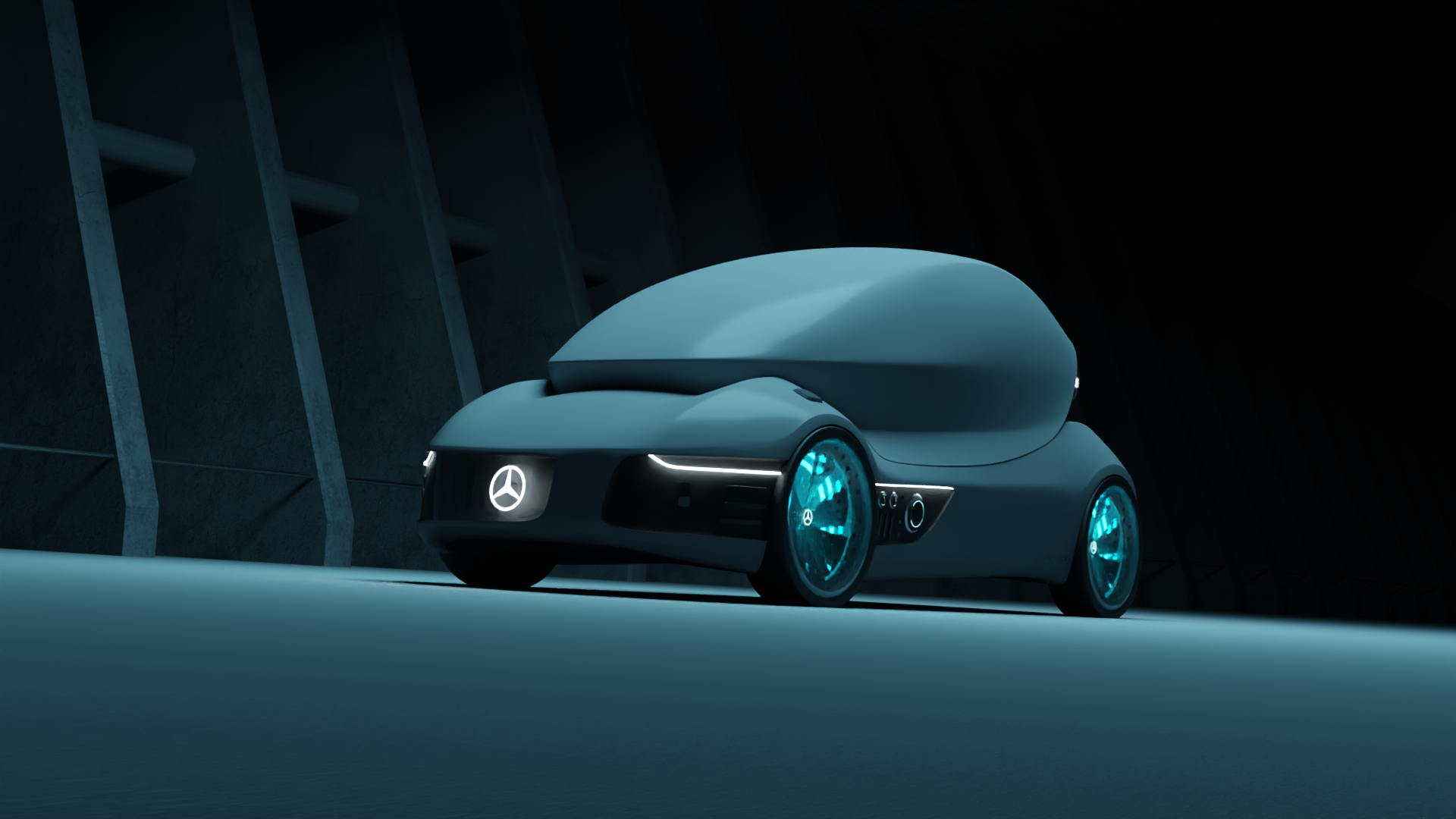
For example, my project, called Player_ONE was created from the meeting of Japanese video games and car tuning cultures. In both, motorsports play an important role: they can best be connected in the form of a racing simulator, so I designed a car that is both a racing simulator and a tunable car at the same time. In this story, an extroverted gamer is the user, who loves to compete in the simulator, but does not want to miss tuning meetings either, in fact, wants to be in the center of attention and share his gaming experience with others. The visuality of the car also evokes game consoles: the moving cabin brings the comfortable, handy character of the controllers, where it contacts with the user the most, while the lower part carries important technical elements with a geometric, durable character.

Do you think there is such a thing in this field as your own designer style? How can your aesthetic vision prevail? How would you describe your designer attitude?
Obviously, there are different styles, especially when it comes to the work process. Sooner or later this will happen to everyone if they are already experienced enough. For example, if I already have a few ideas in sketches, then I prefer to develop them on simple 3D models as I see the shape better. Then again, I use sketches based on the models, but at this point more precisely, then the models again and sketches again and so on.
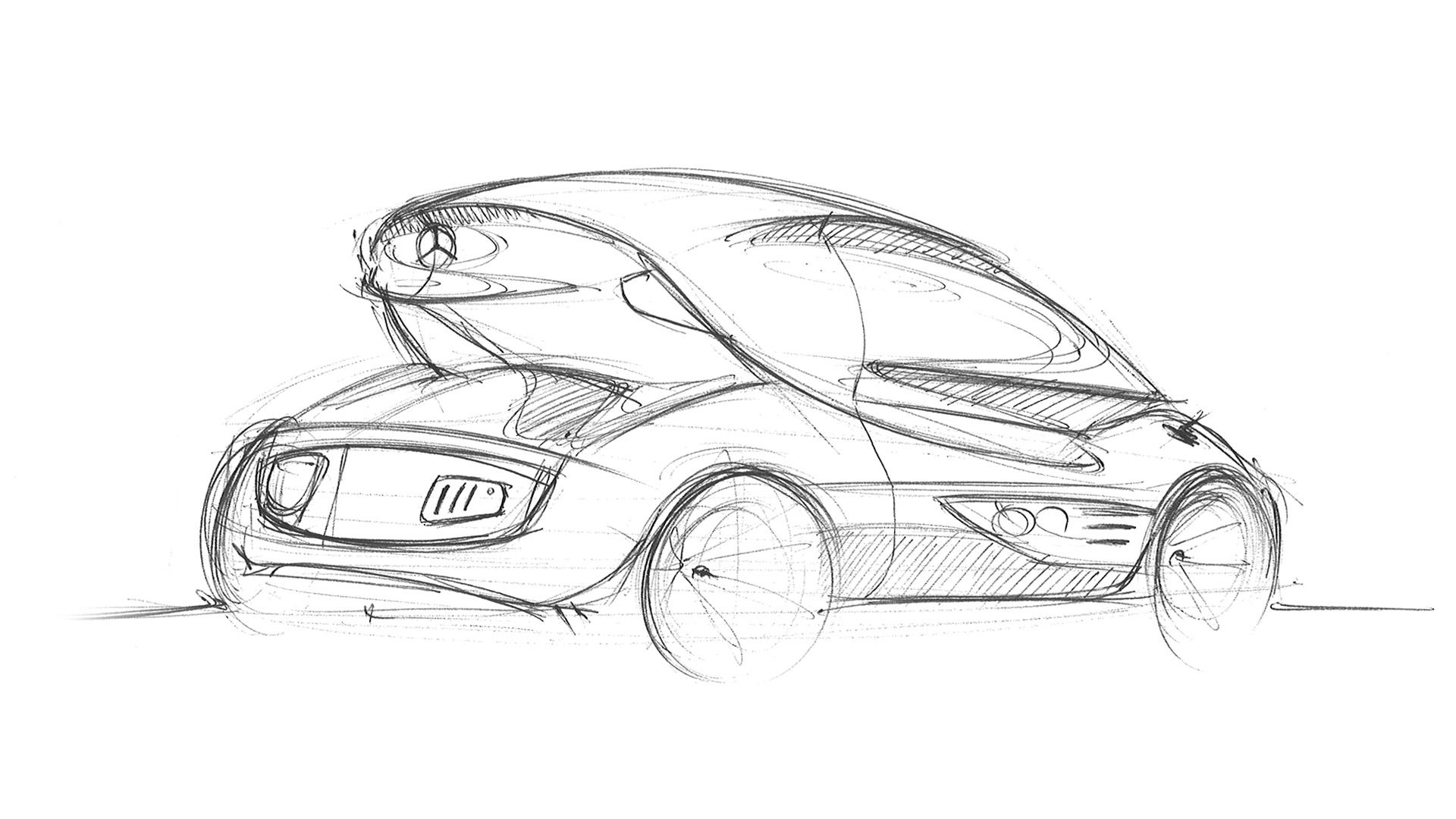
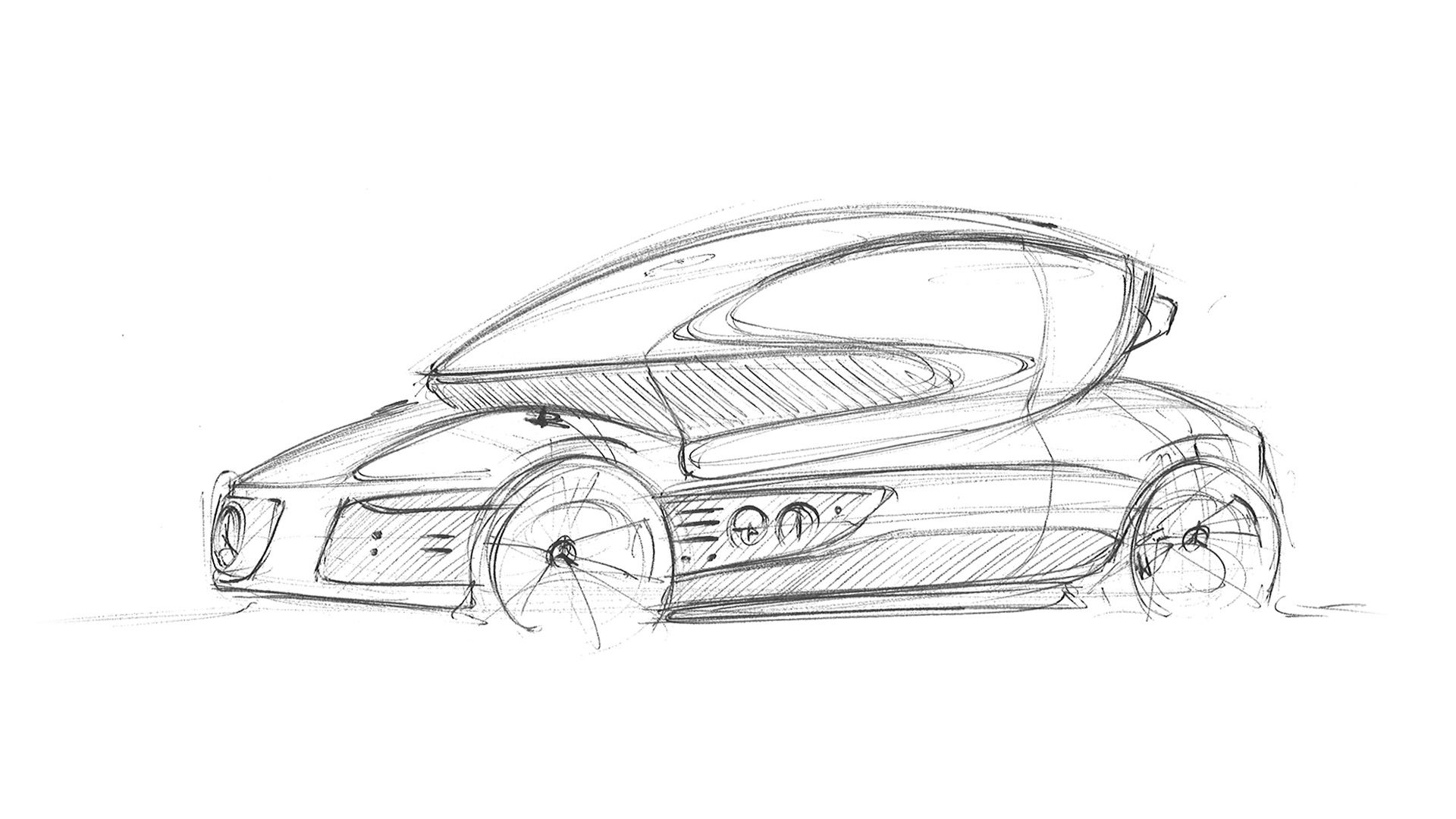
I define the aesthetics of the vehicle based on the stories mentioned earlier rather than my own preferences. Obviously, it is my goal that it appeals to me as well, but more importantly, the created aesthetics holds on to its own context. This is important for the future as well, since in the process of car designing it is all about teamwork, where I don’t think there is room for subjective insights.
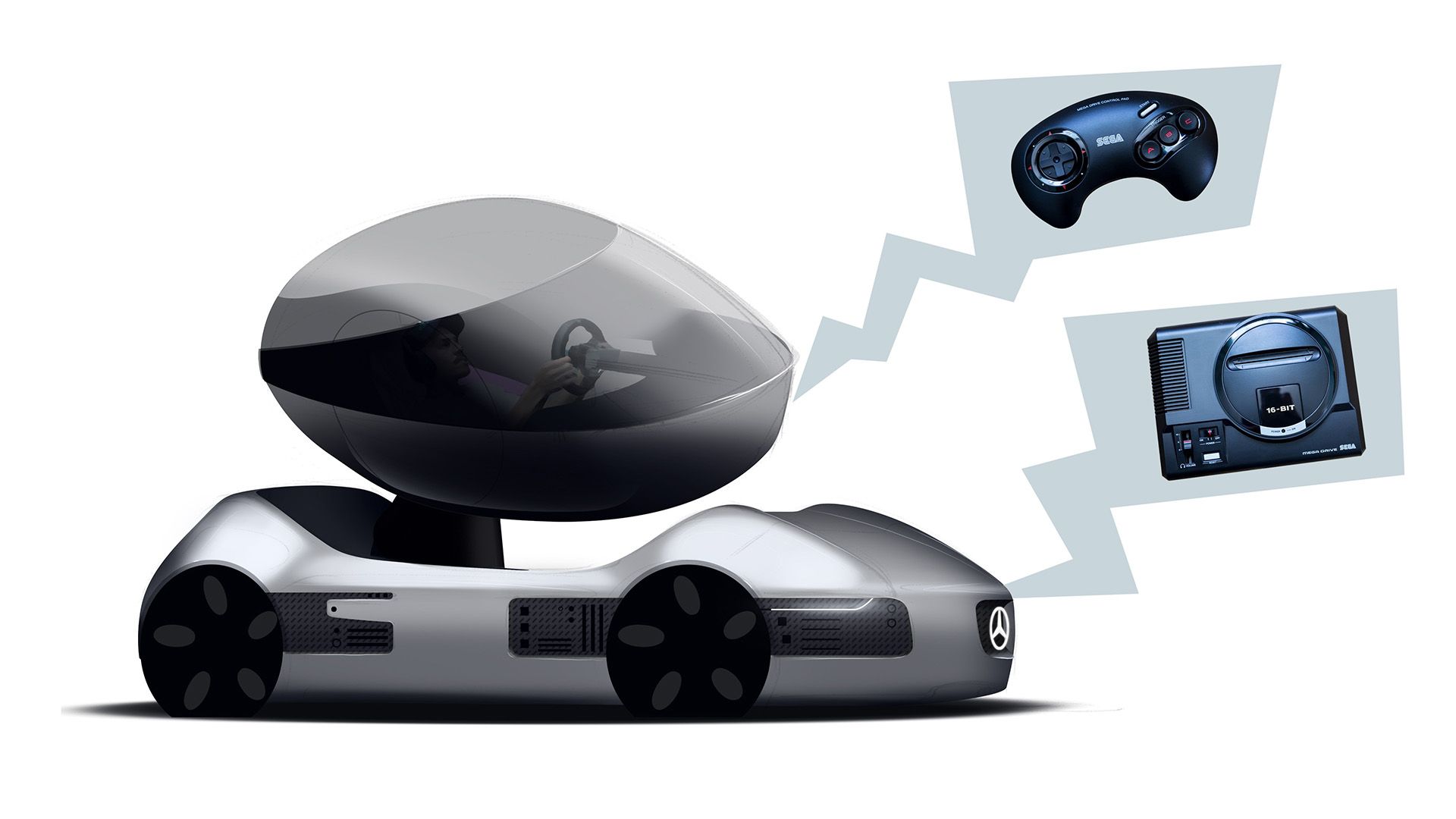
Thanks to the collaboration between MOME and Mercedes-Benz, you could earn admission to the design studio of Mercedes-Benz in Germany as an intern. However, the pandemic interfered a little in your time spent there: how did the work go and what kind of tasks did you have?
I worked two months in the studio, where the number of staff was already reduced, then eventually they sent us, interns, home too, so I had to continue working at my accommodation for the next four months. Distance working was much more difficult: a rented room is quite isolated compared to a design center of a global brand. Communication also suffers from this situation as it is much more difficult to explain technical issues online, such as pointing out a printed prototype. Regardless, I learned a lot from the projects.

I could participate in the projects of a team that works on the details on the exteriors of cars, mostly, I designed rims. My desk at work was also facing a wall, on which about twenty meters of rim designs were glued. Sometimes, designers came by the wall and it was really good to spontaneously discuss the things on it. Besides, I took part in other projects as well, for example, I worked on facelift, that is on model update and show car—the latter category includes cars that are made for various car shows, not for manufacturing. These cars usually serve as teasers of the models that will be on the market soon, but they can be designed more freely
Besides these, I had my own project, of which I cannot go into details yet, but this time I had complete creative freedom and one of the designers at the studio was my mentor during the process.
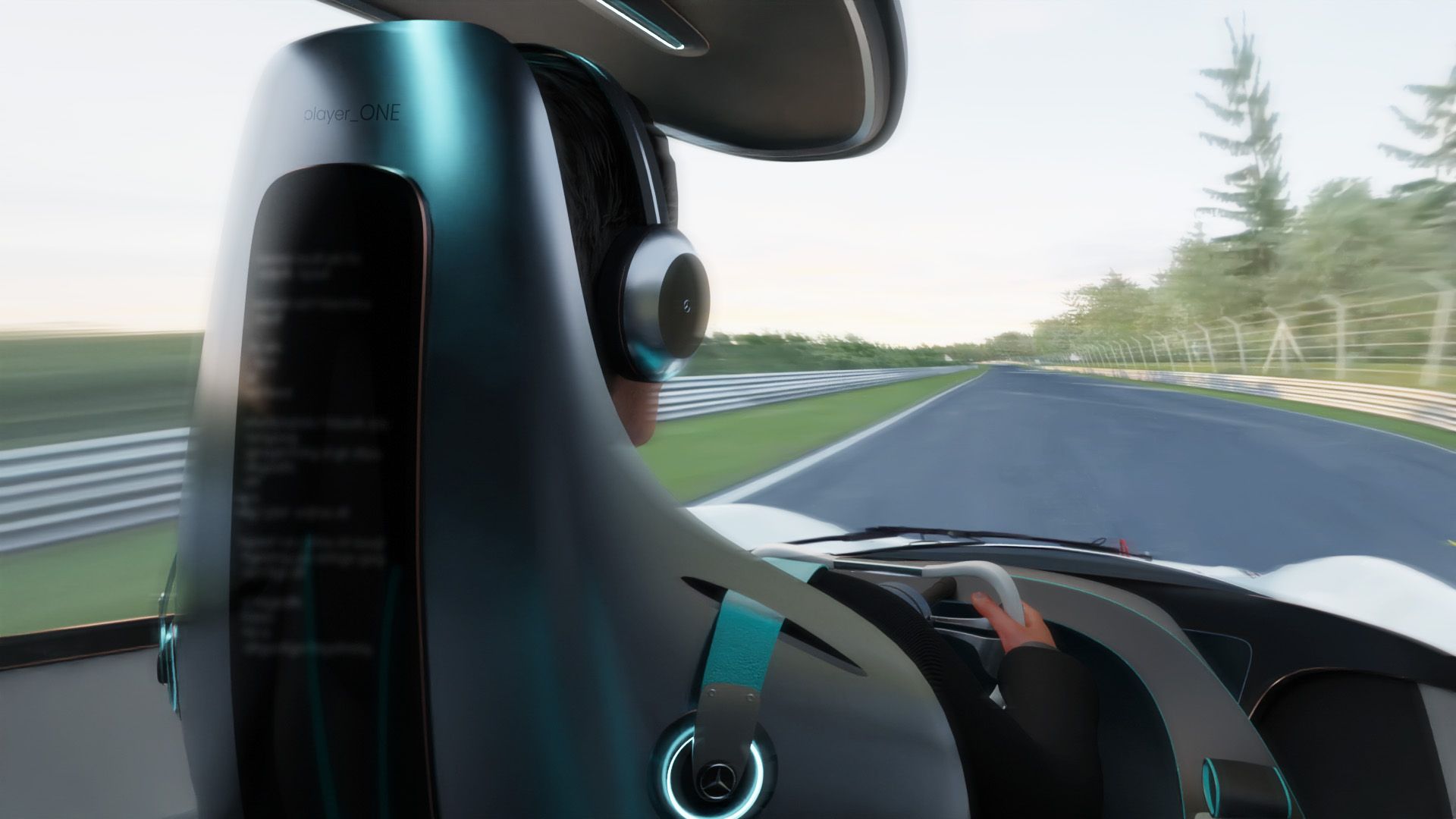
As you mention, car designing is about teamwork: what other divisions did you have to be in contact with and how did the process come together?
During the design process, we always get to know the project in the first meeting, find out more about the topic we will work with, so we can already discuss what directions might be more interesting in terms of designing. Then, everyone works on the design independently, which we will later review and talk about together. After such discussions, it is always clearer what directions we focus on more and the sketchy ideas nicely become designs: the design process itself is an independent project, but selecting and developing the designs is a serious teamwork.

Your internship spent in Germany recently ended: what are your plans for the future? What’s next?
One thing for sure, I want to design vehicles, the internship made me assure this even more. Before graduation, I definitely wish to apply for another internship to try myself in one or two companies of a different kind and size. At Mercedes, I was very small element is a huge machine—I wonder what it’s like to work in a smaller design group on various projects and have greater responsibility. It’s important for professional development, but also to find out what kind of workplace I feel the best at, what fits for me and where I fit.
Bálint Elek | Instagram | Behance
The Player_ONE project was developed within the MOME Transportation Design MA program, in the framework of a joint program with Mercedes-Benz.
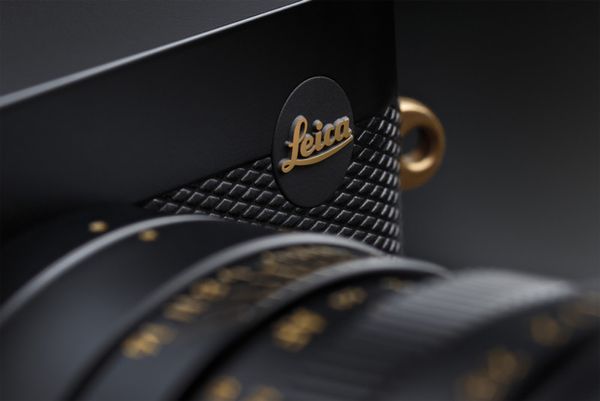
Leica debuts a luxury camera
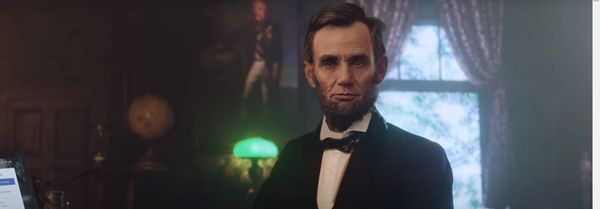
Photos come to life with the help of Deep Nostalgia
